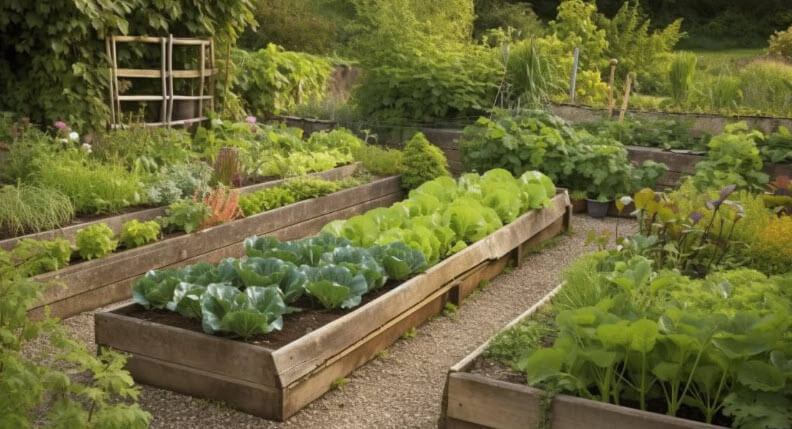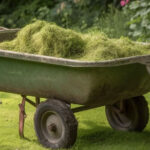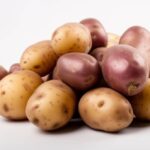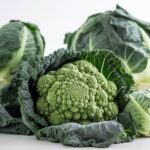Would you prefer to listen to a short podcast discussion about this article? Click on the audio below.
Table of Contents
Are you tired of spending countless hours weeding and watering your vegetable garden? Do you want to improve the health and yield of your plants? Look no further than mulching! It is a gardening technique that involves covering the soil with a layer of organic material, such as leaves, straw, or compost. In this article, we’ll explore the many benefits of mulching for vegetables, provide specific examples of mulch, discuss best practices for mulching, and highlight types of mulch to avoid.
What is it and How Does it Work?
Almost any material that is spread over the soil to protect it from the sun, wind, and rain is good. A dressing can be made from a variety of organic materials, such as grass clippings, leaves, straw, compost, or wood chips. The layer helps to retain moisture in the soil, prevent weed growth, and regulate soil temperature. As the covering breaks down, it also adds nutrients to the soil, improving soil health and fertility.
Benefits for Vegetables
Retains Moisture
One of the primary benefits is its ability to retain moisture in the soil. A layer of mulch can reduce water loss due to evaporation, keeping the soil moist and reducing the need for frequent watering. This is especially important during hot, dry weather when water can quickly evaporate from the soil surface.
Suppresses Weeds
Another benefit is its ability to suppress weed growth. A layer of mulch can prevent sunlight from reaching weed seeds, preventing them from germinating and growing. This reduces the need for manual weeding, saving time and effort in the garden.
Regulates Soil Temperature
Mulching can also help to regulate soil temperature, keeping it cooler in hot weather and warmer in cooler weather. This is important for vegetable plants, which have specific temperature requirements for optimal growth. A consistent soil temperature can also help to prevent stress on the plants, which can lead to reduced growth and yield.
Improves Soil Health
As the material breaks down, it adds organic matter to the soil, improving soil health and fertility. This organic matter helps to improve soil structure, increasing water retention and nutrient availability for plants. It also encourages the growth of beneficial microorganisms in the soil, which can help to suppress soil-borne diseases and pests.
Reduces Soil Erosion
This method can also help to reduce soil erosion, particularly on sloped or uneven ground. A layer of mulch helps to hold the soil in place, preventing it from washing away during heavy rain or wind. This can help to preserve soil health and prevent nutrient loss.

Specific Examples of Mulching
- Straw: Straw is commonly used for vegetable gardens, particularly for potatoes and strawberries. It is easy to apply and provides good moisture retention.
- Leaves: Leaves are a free and abundant source of mulch in the fall. They are ideal for mulching around trees and shrubs, as well as for vegetable gardens. Shredded leaves break down quickly and add valuable organic matter to the soil.
- Grass Clippings: Grass clippings are an excellent source of nitrogen-rich mulch for vegetable gardens. They should be spread in thin layers to prevent matting and allow for proper air circulation.
- Compost: Compost is a nutrient-rich mulch that can be made from kitchen scraps, yard waste, and other organic materials. It is ideal for vegetable gardens, as it provides a steady supply of nutrients to the soil.
- Wood Chips: Wood chips are long-lasting and ideal for pathways and around trees and shrubs. They can also be used in vegetable gardens but should be aged or mixed with nitrogen-rich materials to prevent nitrogen tie-up.
Types of Dressing to Avoid
- Fresh Manure: Fresh manure can contain harmful bacteria and pathogens that can contaminate your vegetables and make you sick. Manure should be composted for at least six months before use as a mulch.
- Black Plastic: Black plastic is a non-organic mulch that can prevent water and air from reaching the soil. It can also heat up the soil, causing damage to plant roots.
- Rocks: Rocks may look attractive as a dressing, but they can heat up the soil.
For more information on how to keep your soil in tip-top condition, visit The Soil Association
Here is an excellent video from Huw Richards about using grass clippings as mulch.
If you need any further information or assistance with this article, don't hesitate to Contact Us




















